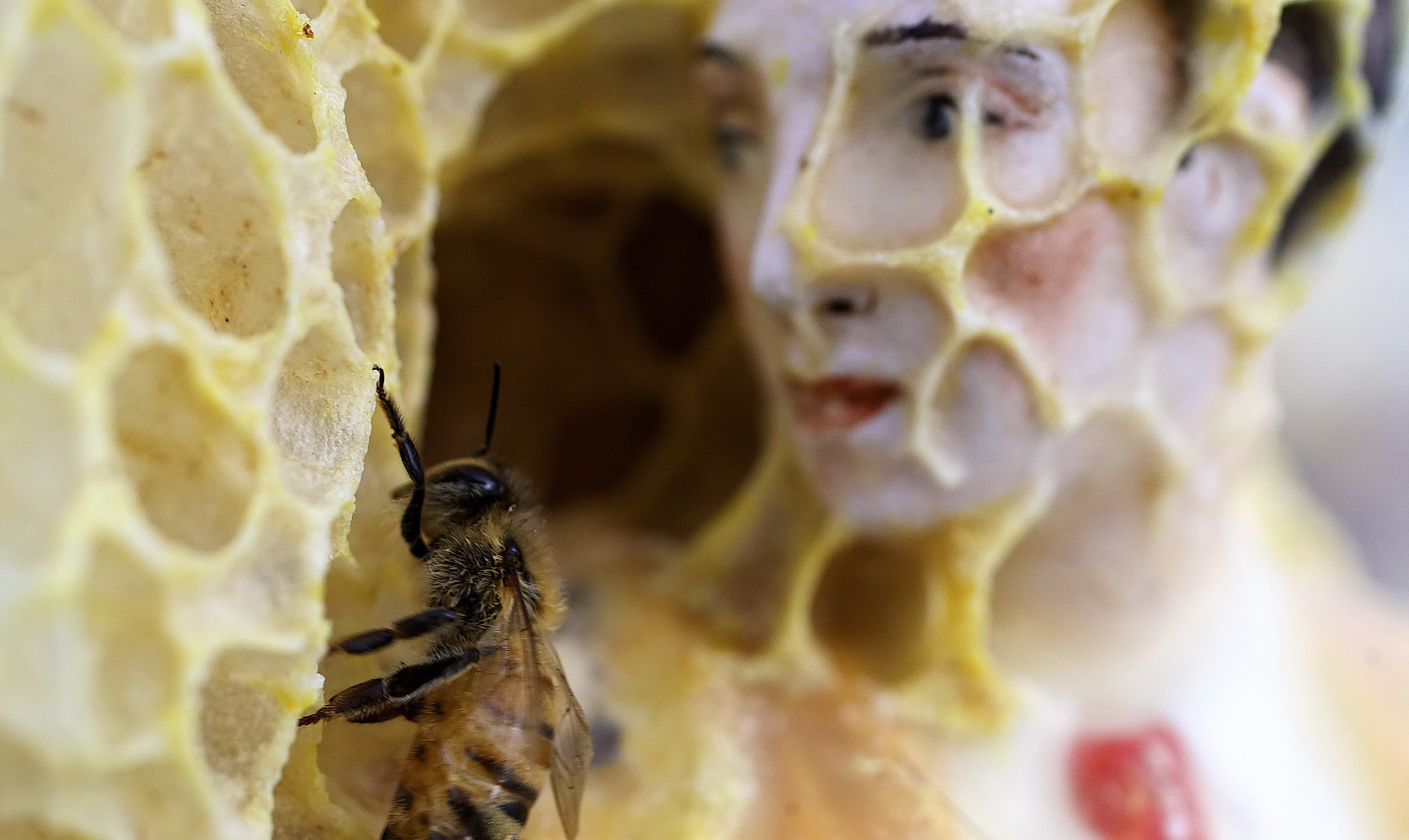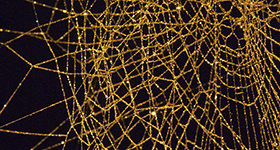A humanist truism states that there is no art in the non-human world. And yet, there is much that is not human in art. Indeed, art history often begins with depictions of animals (usually the iconic horses of Lascaux Caves), as well as objects made from their bodies, such as etched shells, or carved bones and teeth. While assuming that such images and artifacts inaugurate an uninterrupted aesthetic evolution spanning human existence is questionable, it is nonetheless tempting to see in them one of art's formative paradoxes: borne of our closeness with animals, it also marks our movement away from them.
Although contemporary art continues to be defined by human activities, the notion of animal culture now serves as a point of departure for a range of artistic practices focused on multispecies aesthetics and interspecies communication. Animal Intent explores this trend through the work of artists who partner with non-humans in the creation of unique aesthetic languages. Rather than merely representing animals, using them as surrogates, or politicizing their bodies as part of a broad social critique, these artists treat animal instinct as a form of stylistic invention in its own right. As such, their work questions the validity of anthropocentric theories of creative labor by emphasizing the aesthetic intention of animals. Animal Intent thus highlights the possibilities, limits, and ethics of collaborating with non-human others in the realization of artistic projects, while subtly questioning theories of the post-human and its contrary: the anthroposcene.
Although contemporary art continues to be defined by human activities, the notion of animal culture now serves as a point of departure for a range of artistic practices focused on multispecies aesthetics and interspecies communication. Animal Intent explores this trend through the work of artists who partner with non-humans in the creation of unique aesthetic languages. Rather than merely representing animals, using them as surrogates, or politicizing their bodies as part of a broad social critique, these artists treat animal instinct as a form of stylistic invention in its own right. As such, their work questions the validity of anthropocentric theories of creative labor by emphasizing the aesthetic intention of animals. Animal Intent thus highlights the possibilities, limits, and ethics of collaborating with non-human others in the realization of artistic projects, while subtly questioning theories of the post-human and its contrary: the anthroposcene.
Emily Falvey is an independent art critic and curator based in Montreal, Canada. She is known primarily for her critical writing, which has been published by a wide range of Canadian museums, public galleries, and artist-run-centres. In 2009, the Canada Council for the Arts awarded her the Joan Yvonne Lowndes Award for excellence in critical and curatorial writing, and she received curatorial writing awards from the Ontario Association of Art Galleries in 2006 and 2012. As Curator of Contemporary Art at the Ottawa Art Gallery (2004-2008), she organized a variety of solo, group, and travelling exhibitions. She is currently a PhD candidate in the Department of Art History at the Université du Québec à Montréal, where she is working on a dissertation examining the relationship between the grotesque work of art and commodity fetishism.




